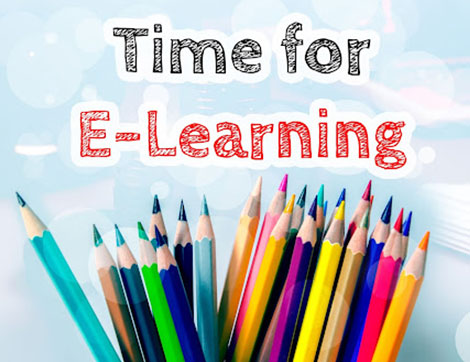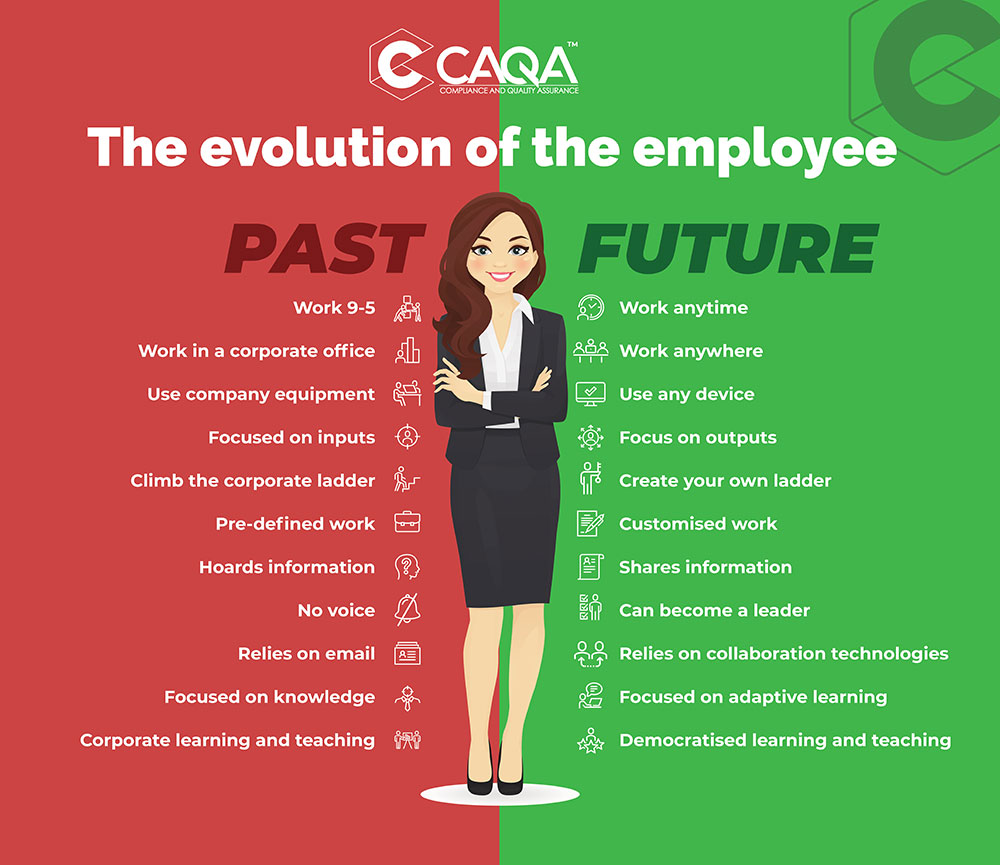There is no question that the way we design and develop instructional materials has changed dramatically in recent years. The prevalence of digital media and advances in technology have had a profound impact on how we create and deliver instruction. In many ways, these changes have made our jobs as instructional designers more challenging. We must now contend with a whole host of new issues and considerations that simply didn’t exist a few short years ago.
When it comes to designing eLearning materials, there are several key concepts that instructional designers need to keep in mind. By understanding and applying these concepts, you can create more effective and engaging eLearning content that meets the needs of your learners.
The first concept is audience analysis. When you’re designing eLearning content, it’s important to have a clear understanding of who your target audience is. What are their learning needs? What is their level of experience with the topic? What motivates them to learn? Answering these questions will help you design content that is relevant and engaging for your learners.
The second concept is “Learning objectives” as they are statements that describe what learners should be able to do after completing a learning experience. Objectives should be specific, measurable, achievable, relevant, and time-bound (SMART). By creating clear learning objectives, designers can ensure that their materials are focused and aligned with the goals of the learner.
The third main concept is “Assessment” as it is the process of measuring whether or not learners have achieved the objectives set for them. Assessment can take many different forms, but it is always important to consider how best to measure the success of learners in meeting the objectives. This may involve using tests, surveys, observations, or some combination of these methods. Regardless of the form it takes, assessment is essential for ensuring that learners are actually learning what they are supposed to be learning.
Another important concept is task analysis. This involves breaking down the goals of your eLearning course into smaller, more manageable tasks. What do your learners need to be able to do in order to successfully complete the course? By identifying the tasks involved, you can design content and activities that effectively support learning. This is especially important when creating materials for complex tasks that need to be learned in a specific order. By understanding all of the steps involved in a task, designers can create materials that focus on each step and ensure that learners have all the information they need to complete the task successfully.
The instructional materials must also be designed in a way that is visually appealing and easy to navigate. Learners should be able to quickly find the information they need and understand how to use it. The layout, colours, and fonts you use in your eLearning content can all impact its overall effectiveness.
Finally, it’s important to consider the different learning styles of your learners when designing eLearning content. Some learners prefer visual aids while others prefer hands-on activities. By catering to different learning styles, you can create eLearning materials that are more likely to be effective for all learners.
When it comes to creating effective eLearning content, these are just a few of the key concepts you need to keep in mind. By understanding and applying these concepts, you can develop materials that are more likely to engage and support your learners.
There are certain principles that can help ensure your materials are effective. Here are four key principles of instructional design to keep in mind:
- Make sure your materials are well-organized and easy to understand.
This may seem like a no-brainer, but it’s important to make sure your materials are organized in a way that makes sense and is easy for learners to follow. This means using clear headings and subheadings, chunking information into manageable pieces, and using other visual cues to guide learners through the material. - Use active and engaging language.
Your materials should be written in clear, concise language that is easy for learners to read and understand. But that doesn’t mean they have to be boring! Use active language and engaging examples to keep learners interested and engaged. - Incorporate multimedia.
Incorporating multimedia can make your materials more engaging and interesting for learners. Adding images, videos, audio, or interactive elements can help break up the text and add another layer of information for learners to digest. Using multiple modalities (such as text, audio, and visuals) in your materials can help learners better understand and retain the information. This is because different learners have different preferences for how they like to receive information, so by providing it in multiple formats, you can cater to a wider range of learners. - Design for different learning styles.
Not all learners learn the same way, so it’s important to design your materials with different learning styles in mind. This means incorporating a variety of activities and exercises that cater to different types of learners. Some learners may prefer visuals while others prefer hands-on activities; offering a variety of options will ensure that all learners can effectively engage with your materials. The layout, organization, and overall look of your materials can have a big impact on how easy they are to use and understand. Make sure to design your materials in a way that is clear and concise, with an emphasis on usability. - Another key concept is of interactivity. Interactivity refers to the ways in which learners can engage with your content – for example, by answering questions, taking quizzes, or participating in simulations. Adding interactivity to your materials can help keep learners engaged and promote active learning.
Instructional design is the process of creating instructional materials that are effective, engaging, and easy to use. By following certain principles of instructional design, you can ensure that your materials are well-organized, clearly written, and multimedia-rich. So if you’re looking to create high-quality instructional materials, be sure to keep these principles in mind!

























